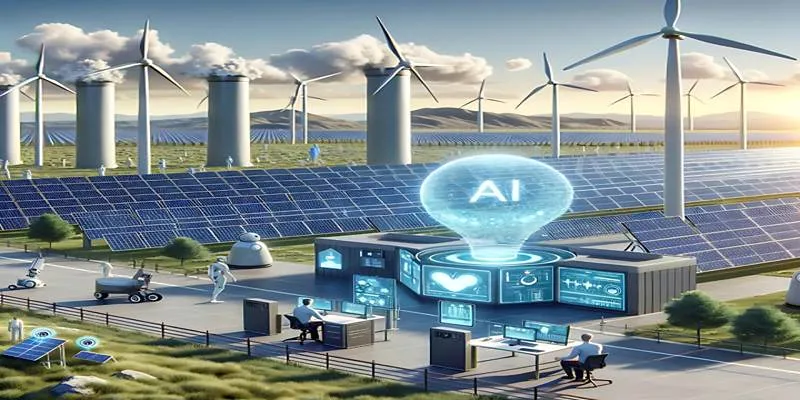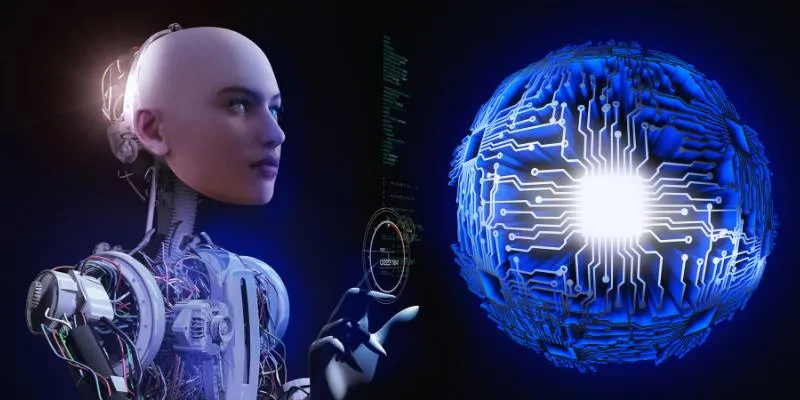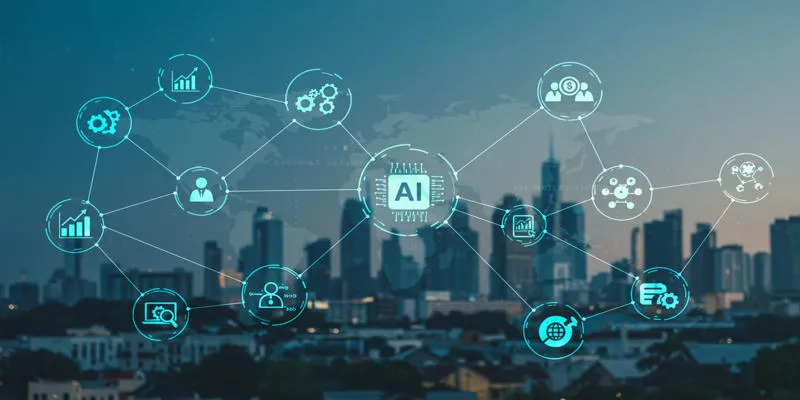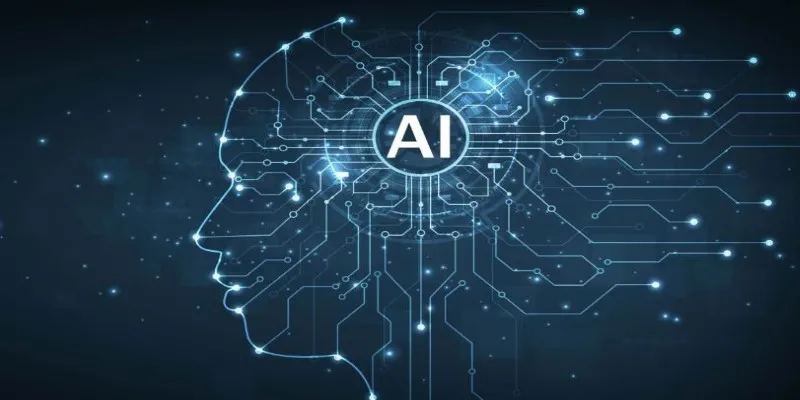In today’s world, energy is the backbone of modern life. Electrical power is essential in all buildings, including homes, workplaces, schools, and hospitals. However, traditional power sources are becoming less efficient, and modern energy systems often struggle to meet the increasing demand.
This is where AI in smart grids plays a transformative role. By integrating modern electrical grids with Artificial Intelligence, we can optimize energy distribution and usage like never before. AI aids in real-time decision-making, future predictions, problem detection, and much more. Let’s delve into how this works and its significance.
Understanding Smart Grids: A Modern Upgrade
A smart grid is an enhanced version of the traditional power grid. It monitors energy consumption, detects issues, and adjusts power flow in real-time using computers, smart sensors, and communication networks.
In conventional grids, power flows in one direction—from power plants to consumers. In contrast, smart grids enable two-way communication, allowing consumers to also be producers (such as through home solar panels). However, smart grids generate vast amounts of data, necessitating powerful tools for management and analysis—this is where AI becomes indispensable.
The Importance of AI in Smart Grids
Artificial Intelligence (AI) enhances the efficiency of smart grids by analyzing data from sensors, weather stations, user devices, and power systems in real-time, utilizing machine learning and complex algorithms. It autonomously makes decisions to better control electricity flow, maximizing the potential of the available data.
Optimizing Energy Distribution with AI
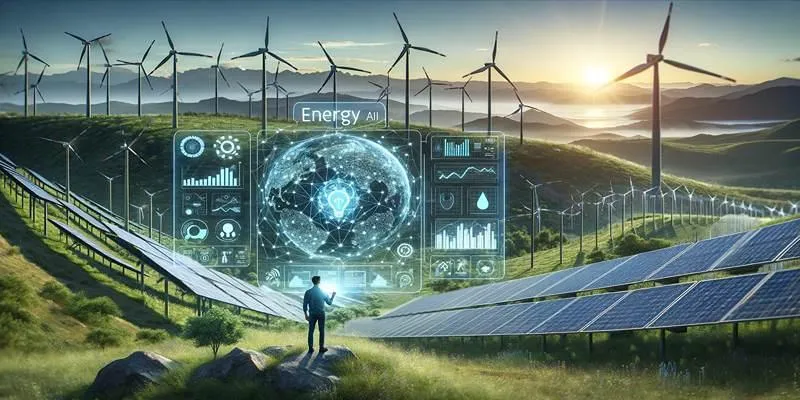
A critical task in energy systems is balancing supply and demand. Overproduction leads to waste, while underproduction results in blackouts. AI addresses this challenge in several ways:
Real-Time Load Forecasting
AI leverages historical data, weather forecasts, time of day, and energy usage patterns to predict energy needs accurately.
With these insights, power companies can:
- Produce the right amount of electricity
- Prevent system overloads
- Optimize energy production schedules
Automated Load Balancing
After forecasting demand, AI assists in balancing energy loads across regions. It identifies high-usage areas and redirects electricity accordingly, preventing strain on specific grid sections. For instance:
If a neighborhood experiences high air conditioner usage on a hot afternoon, AI can shift power from less active areas to maintain stability.
Empowering Consumers with Smarter Energy Use
AI not only benefits large power companies but also enhances consumer energy management. Smart energy management systems powered by AI are increasingly prevalent in homes and businesses.
These systems help by:
- Automatically adjusting heating and cooling with smart thermostats
- Turning off appliances when not in use through smart plugs
- Tracking usage and providing energy-saving suggestions via home energy apps
- Deciding the optimal times to use stored solar power or sell it back to the grid with AI-powered systems
These tools promote efficient daily energy use and help reduce electricity bills.
Enhancing Renewable Energy Reliability with AI
While wind and solar power are environmentally friendly, they are not always predictable. AI helps mitigate these fluctuations by:
- Predicting renewable energy production using weather data
- Managing energy storage systems to determine when to store or release power
- Advising usage shifts to periods of peak renewable energy availability
AI makes renewable sources like wind and solar more reliable and user- friendly.
Proactive Problem Detection with AI
One of AI’s most powerful applications in smart grids is predictive maintenance.
AI monitors equipment such as transformers, power lines, and meters, alerting utility companies to issues like abnormal vibrations, temperature spikes, or inconsistent flows. This allows for preemptive repairs, preventing blackouts or safety concerns.
Key Benefits of AI in Grid Maintenance:
- Reduces downtime
- Lowers repair costs
- Enhances safety
- Prevents major outages
Real-World Applications of AI in Smart Grids
AI integration in smart grids is already yielding significant results worldwide.
- China employs AI to manage power in populous cities, boosting energy efficiency and reducing emissions.
- Tesla’s Powerwall system uses AI to help homeowners store and manage solar energy.
- Germany is incorporating AI into its national grid to accommodate the rise in electric vehicles and renewable sources.
- India is deploying AI-driven smart meters to curb electricity theft and predict local demand.
These examples highlight AI’s active role in transforming global energy systems.
Key Advantages of AI in Smart Grids

Here’s a summary of the primary benefits AI offers to smart energy systems:
- Improved energy efficiency through precise predictions
- Cost reduction for both suppliers and consumers
- Enhanced power supply stability with fewer blackouts
- Support for clean energy and sustainability initiatives
- Quick response times during emergencies
- Improved decision-making across the energy network
Conclusion
AI’s integration into smart grids revolutionizes electricity production, delivery, and consumption, making energy systems more reliable, cost- effective, and eco-friendly. Whether managing renewable energy, preventing outages, or promoting energy savings at home, AI is at the heart of modern energy solutions. As the world progresses toward clean and smart energy, AI will be one of the most vital tools. The smart grid is no longer a vision—it’s a reality that continues to evolve and improve daily.
 zfn9
zfn9



